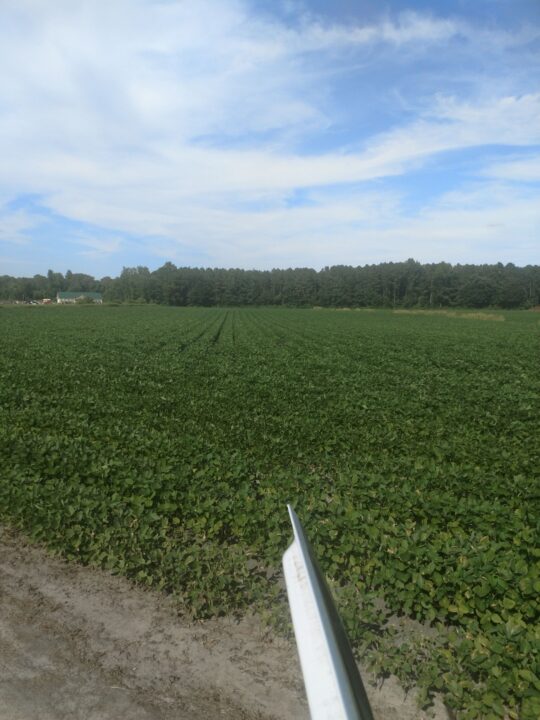Spring Weed Management Tips For Almonds
Now is the time to start thinking about weed control in almond orchards.
To get ahead of weeds, almond growers should survey orchards from mid-April to mid-May to determine how effective the prior year’s weed management techniques were, and to map out potential weed problems.
But, there’s a lot to consider before deciding on a weed control approach. Brad Hanson, University of California-Davis Cooperative Extension weed specialist, points to the following common mistakes growers sometimes make when it comes to weed management:
Improper weed identification: “We often don’t differentiate among weeds,” Hanson says. “And not all weeds are created equally in terms of their damage and control strategies.”
Grasses, in particular, are hard to identify. But, it’s important to find out what they are, because control strategies differ from weed to weed. Perennial weeds, for example, require a different approach compared to annual seedlings.
“It would be very easy to control that seeding annual, because it doesn’t have any real reserves, whereas that weed that’s coming up from a perennial structure like a rhizome would be much more difficult to control,” Hanson says. “Similarly, some herbicides work very well on some weeds but have little or no activity on other weeds — even sometimes ones that look very similar.”
Poor timing of weed control measures: “We’ll often wait too late, or we won’t recognize a potential problem until those weeds are really bigger than we would like,” Hanson says.
To avoid this, he recommends regular field scouting. Broadleaf weeds can be especially problematic if left unchecked.
“If we wait until late spring when those winter grasses are already heading out, they’ve already done most of their damage, and it’s really going to be difficult to control them,” he notes.
Not thinking about weed management on a seasonal or multi-seasonal basis. “We tend to think about, ‘What am I going to do tomorrow or this week for control?’ when really we should be thinking, ‘How does my next weed control operation fit into my weed management plan that extends for the whole season or over multiple seasons?’” says Hanson. “That helps us plan strategies that have better resistance management in terms of rotating herbicide modes of action, helps us think about recurring weed problems and basically re-evaluate our control programs.”
The Almond Board of California offers some other tips for effective weed management, including maintaining a running data set to document the presence and size of specific weeds. Growers should also document herbicide applications, including when products were sprayed, rates and tank mix combinations. This will give growers a good idea of how well treatments work from year to year and also shed light on overuse of herbicides that use the same mode of action.
The UC IPM Almond Late-Spring Weed Survey Form is an excellent tool for keeping track of this information.
Stay tuned for Part 2 to learn about effective weed management strategies to help reduce the risk of herbicide resistance.










